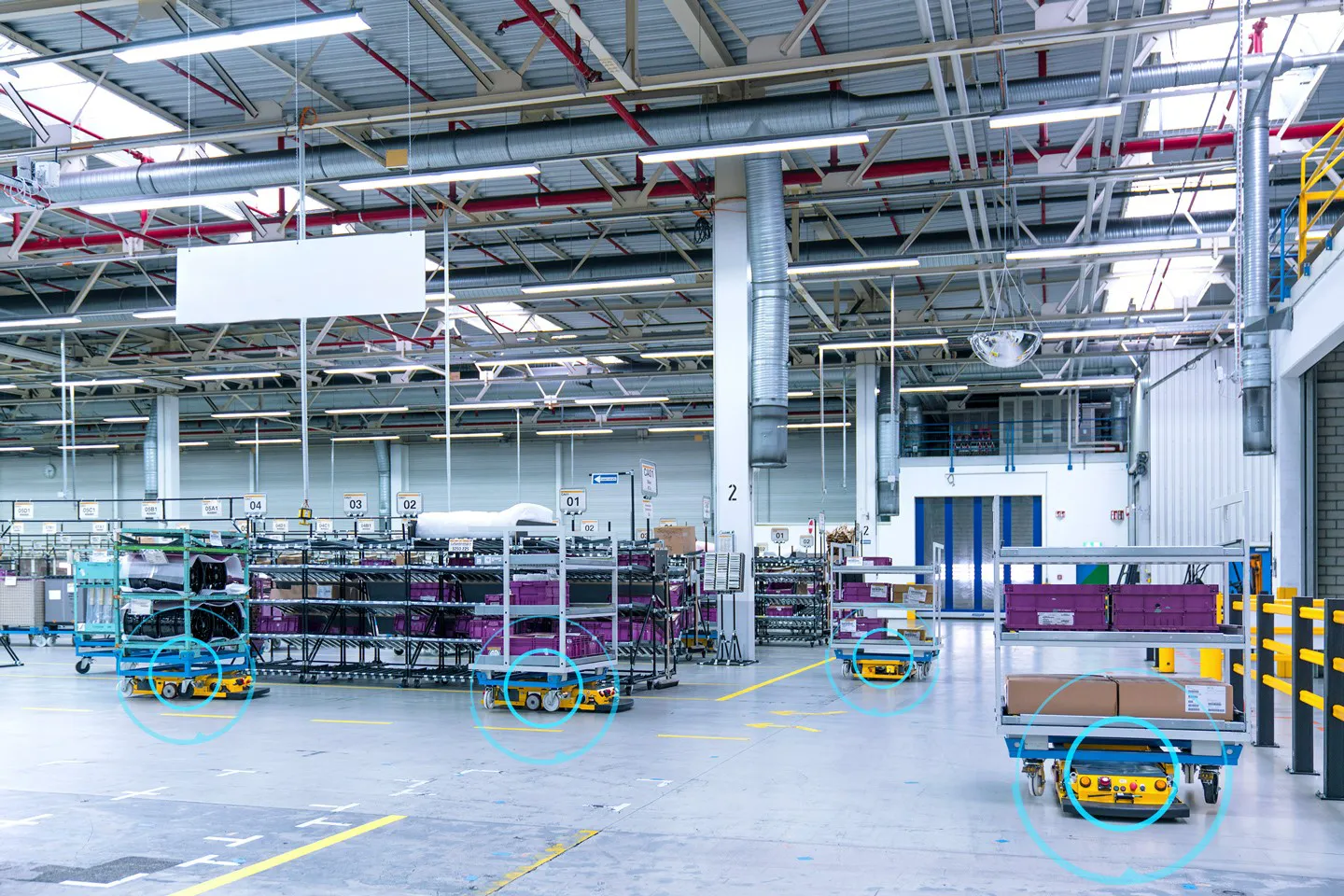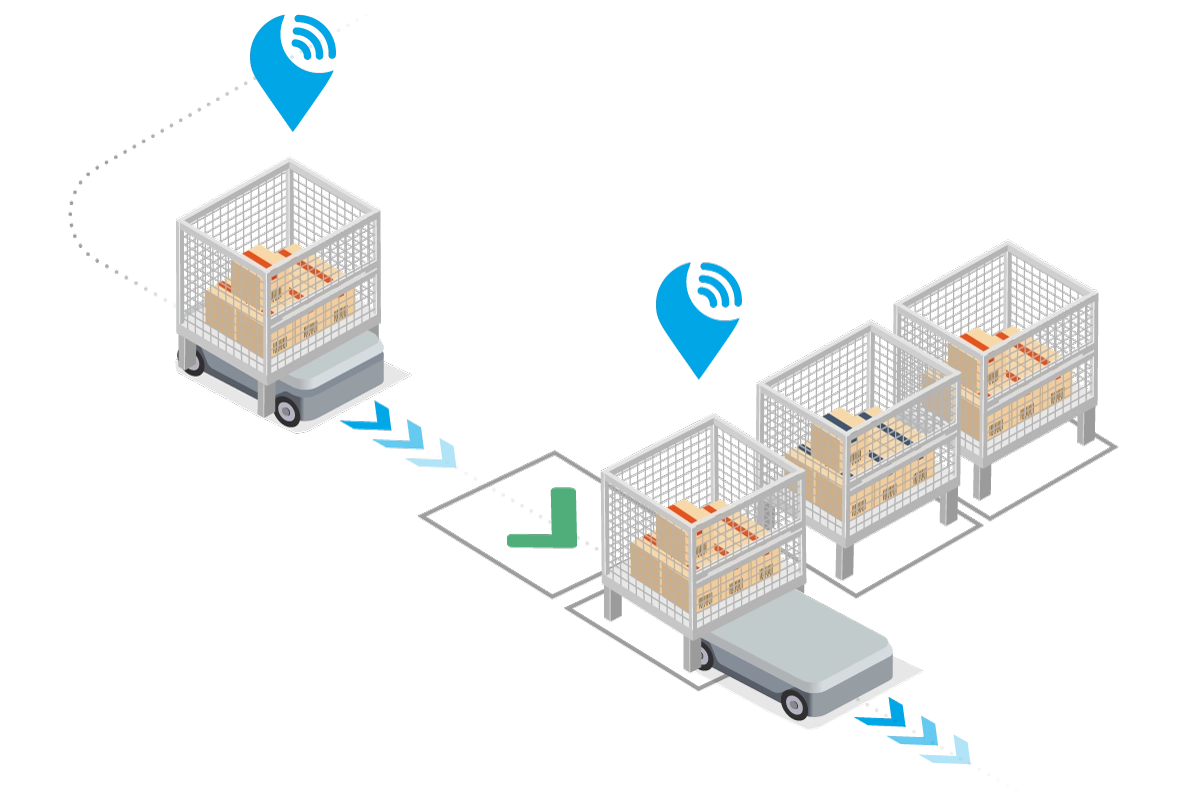The Shift to Fully Automated Factories: Embracing Lights-Out Operations
Explore the potential of lights-out operations in intralogistics and manufacturing. Discover how automation drives efficiency, cost savings, and reliability.
.avif)
Are Your Intralogistics and Manufacturing Operations Ready for the Next Level of Automation?
The concept of "lights-out operations" has been gaining momentum in the world of manufacturing and intralogistics. As industries increasingly seek ways to optimize efficiency, reduce costs, and maintain high reliability, automation emerges as a crucial strategy. Lights-out operations, where systems and machines operate with minimal or no human intervention, represent the pinnacle of this automation evolution. But is this approach viable for intralogistics and manufacturing? Let’s explore the benefits, applications, and potential challenges of lights-out operations in these sectors.
What Are Lights-Out Operations?
Lights-out operations refer to fully automated processes that run independently, with little to no human presence required. The term "lights-out" is derived from the idea that these facilities can operate without lighting, as no personnel are needed on-site to oversee the machines. This concept is particularly relevant in environments where continuous, uninterrupted operation is essential.

Key Benefits of Lights-Out Operations in Intralogistics and Manufacturing
Unmatched Efficiency
- 24/7 Operation: Automated systems can work around the clock without needing breaks, enabling continuous production and maximizing throughput.
- Speed and Accuracy: Robots and automated systems perform tasks with a level of precision and speed that surpasses human capabilities, reducing errors and waste.
Significant Cost Savings
- Reduced Labor Costs: With fewer human operators required, companies can dramatically lower labor costs, including wages, benefits, and training expenses.
- Energy Efficiency: Operating in a lights-out environment reduces the need for lighting, heating, and cooling, leading to significant energy savings.
Enhanced Reliability
- Consistent Quality: Automated systems can consistently produce high-quality outputs, eliminating the variability that comes with human labor.
- Predictive Maintenance: With IoT sensors and advanced monitoring, equipment issues can be anticipated and addressed before they cause downtime.
Real-World Applications in Intralogistics and Manufacturing
Manufacturing
- Automotive, Aerospace & Defense: Robots handle tasks like welding and assembly with precision, speeding up production while ensuring consistent quality.
- Electronics: Automated systems in electronics manufacturing maintain the high precision required for producing complex components.
- Heavy Machinery: Continuous, precise production of machinery components without human intervention ensures reliability and efficiency.
Intralogistics
- Automated Guided Vehicles (AGVs) and Autonomous Mobile Robots (AMRs): These robots efficiently transport goods throughout a warehouse, optimizing routes in real-time and reducing the need for human supervision.
- Automated Storage and Retrieval Systems (AS/RS): These systems manage inventory and fulfill orders automatically, speeding up processes and minimizing errors.

Challenges and Considerations
While the potential of lights-out operations in intralogistics and manufacturing is substantial, businesses must navigate several challenges:
High Initial Investment
- Capital Costs: The upfront cost of deploying advanced automation technology is significant. Businesses must ensure that the long-term savings justify the initial expenditure.
Technical Complexity
- Expertise Required: Implementing and maintaining lights-out operations require specialized knowledge in robotics, IoT, and system integration.
- Integration Challenges: Successfully integrating automated systems with existing IT infrastructure and processes can be complex.
Security Concerns
- Cybersecurity Risks: Automated systems are potential targets for cyberattacks, making robust cybersecurity measures critical.
- Operational Risks: Malfunctions or system failures in a lights-out environment could lead to significant disruptions, necessitating advanced predictive maintenance strategies.
Conclusion: Should Intralogistics Consider Lights-Out Operations?
Lights-out operations offer a transformative approach to intralogistics and manufacturing, driving maximized efficiency, cost savings, and reliability. However, the path to full automation is not without its challenges. Companies must weigh the benefits against the initial costs and technical complexities to determine if lights-out operations are the right fit for their specific needs.
As automation technology continues to evolve, the adoption of lights-out operations in intralogistics and manufacturing is likely to increase. Businesses that embrace this shift will be well-positioned to lead in a competitive landscape, driving innovation and operational excellence. The question remains: Is your intralogistics operation ready to embrace the future of automation and turn off the lights?
Learn more in our on-demand webinar with Continental and SAP. We explore how companies can go beyond autonomous robots, achieving end-to-end intralogistics and lights-out operations.

More Resources
Stay Up to Date
Subscribe to our newsletter and stay connected. You can unsubscribe at any time.
Ready to automate your industrial operations?
Schedule a meeting with our experts to connect and automate your operations.
Get in touch